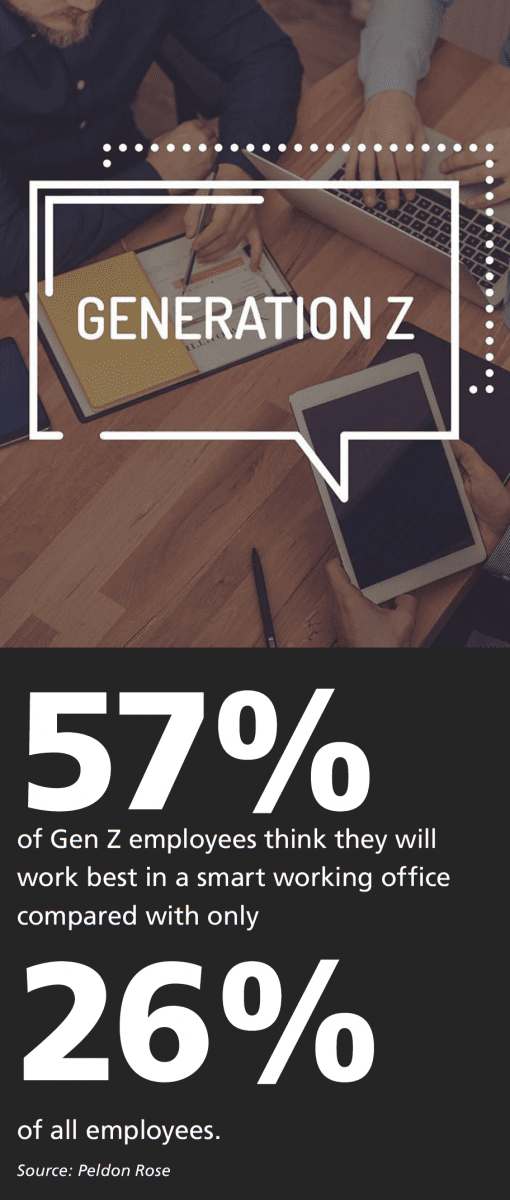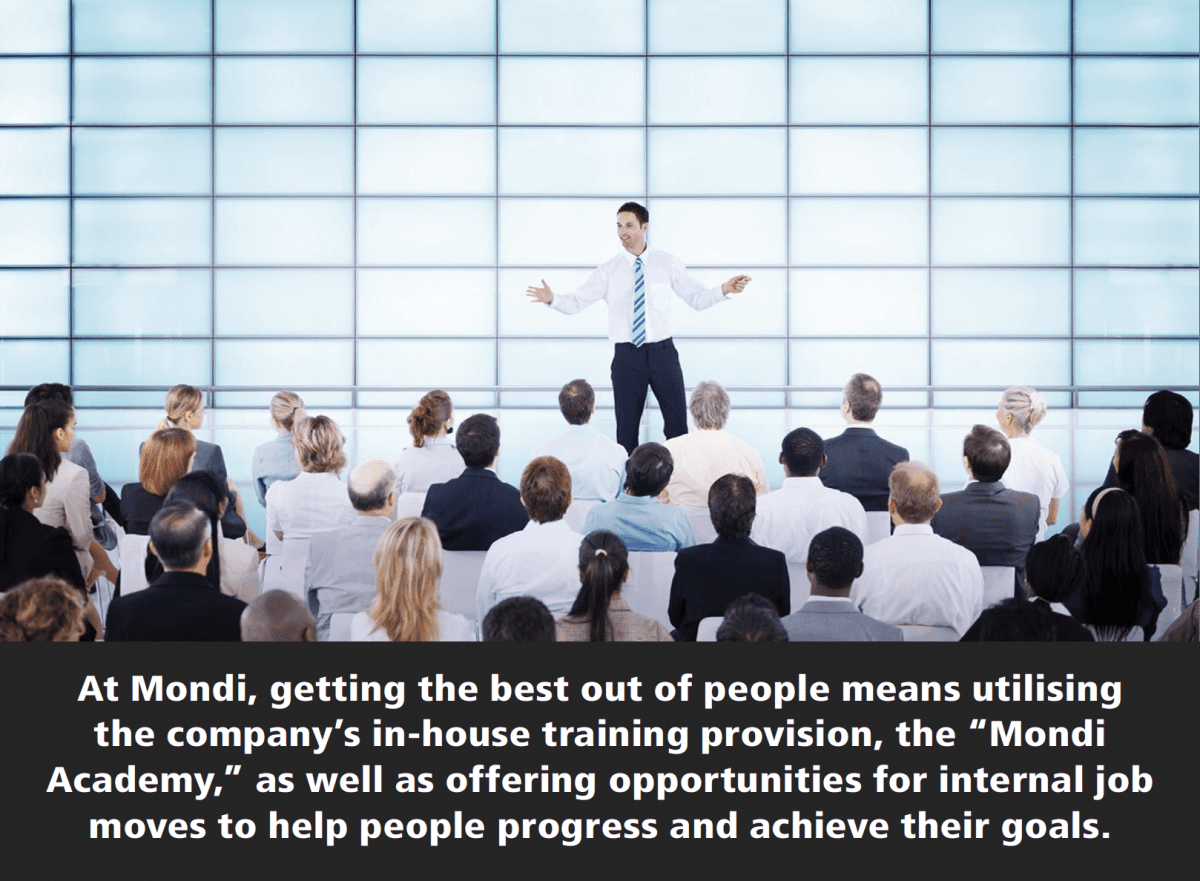Today’s multi-generational workforce has a lot potential, but will only reach it if organisations can manage its many complexities.
By Simon Kent
A long history in the paper and packaging industry means the workforce at Mondi is extremely diverse. The company has operations in over 33 countries and creates paper and packing for large, fast-moving consumer goods (FMCG) companies such as Nestle, P&G, and Unilever. According to Group HR Director Michael Hakes, many of the company’s 26,000 employees started with Mondi straight out of school and still make up an important part of its workforce some 40 years later. Naturally, this has created an age-diverse workforce that presents both benefits and challenges.
“The main challenge in managing a workplace with diverse ages is ensuring that there is a good level of understanding between the generations,” says Hakes. “Different generations have different working behaviours. Without an understanding of varying attitudes and working styles, it can be difficult for businesses to handle conflicts effectively and to establish a more efficient and inclusive workplace.”
The multi-generational workplace is not new, but as companies seek to attract, retain, and get the best out of the workforce, it has become a specific challenge. David Gibbens, an associate director in the HR consulting division at RSM HR, notes that social pressures have heightened this issue. “People are needing to work longer and consequently, employers are becoming more aware of generational differences in motivation and more,” he says.
Gibbens suggests that the “five generation” workforce runs against the idea that there is a one-size-fits-all solution to employing workers. Working styles, patterns, skills, and rewards must all be different, but Gibbens warns against compartmentalising these into specific age groups. Bias must not come into play when considering what an employee could do or where their skills lie. “Some 20-year-olds will be more analytical than older staff,” he says, “and there are some 50-year-olds who can be more energetic salespeople than those in their 20s.”
Ensuring that employees perform at their best is more dependent on their personal motivation than their age. “You need to consider how employees are driven -what fundamentally gets them out of bed and to work,” says Gibbens. “That transcends generational differences.”
At Mondi, getting the best out of people means utilising the company’s in-house training provision, the “Mondi Academy,” as well as offering opportunities for internal job moves to help people progress and achieve their goals. But further initiatives are required to ensure that everything runs smoothly when age groups work together.

With a positive culture, the older generation can share its in-depth knowledge and experience whilst the younger generation brings new skills and techniques to the table. “Creating this cross-generational understanding can be a challenge, but when the workforce recognises each other’s strengths and weaknesses, their combination can be a powerful asset,” he says.
Jitesh Patel, CEO of office design and build company Peldon Rose, reflects on how the physical workspace could be enhanced to meet generational needs: “Businesses should create a range of spaces which staff can enjoy according to their age, personality type, mood, and work,” he says. “For example, 57 per cent of Gen Z employees think they will work best in a smart working office compared with only 26 per cent of all employees, so businesses should try to provide a variety of places within the office where people can choose to work.”
Specific initiatives to get age groups working together are also popular. At media agency MediaCom, a reverse mentoring scheme has been introduced to help create a cross-generational culture. Nancy Lengthorn, the company’s head of diversity and inclusion and future talent, says this strategy couples older executives with younger employees. “The initiative allows us to pair an experienced white male director with a young female from a BAME background, for example,” she explains. “This gives the director an opportunity to gain insight into the specific challenges that a junior person from a different background faces, helping them to open up in the workplace.”
In addition, Lengthorn says the initiative provides every worker a voice in the company and access to senior management in a safe, welcoming environment. “The leadership team set up the programme and match people together, but the rest is genuinely up to those taking part,” she says. “Everyone gets out of it as much as they put in.”
A big part of MediaCom’s business is connecting global brands with different types of audiences, so making the most of its diverse workforce aligns with its overarching goals. Lengthorn says the mentoring scheme generates an “empathetic workplace” where the challenges that people from different cultures and backgrounds experience on a day-to-day basis can be shared. “The more time our senior people spend with our junior staff, the more apparent it becomes that so often, our young people have the answers,” she says. “They have the passion and fresh eyes to drive our business forward. The real opportunity comes when the generations work together to harness that passion and fresh thinking and underpin it with experience and influence.”















